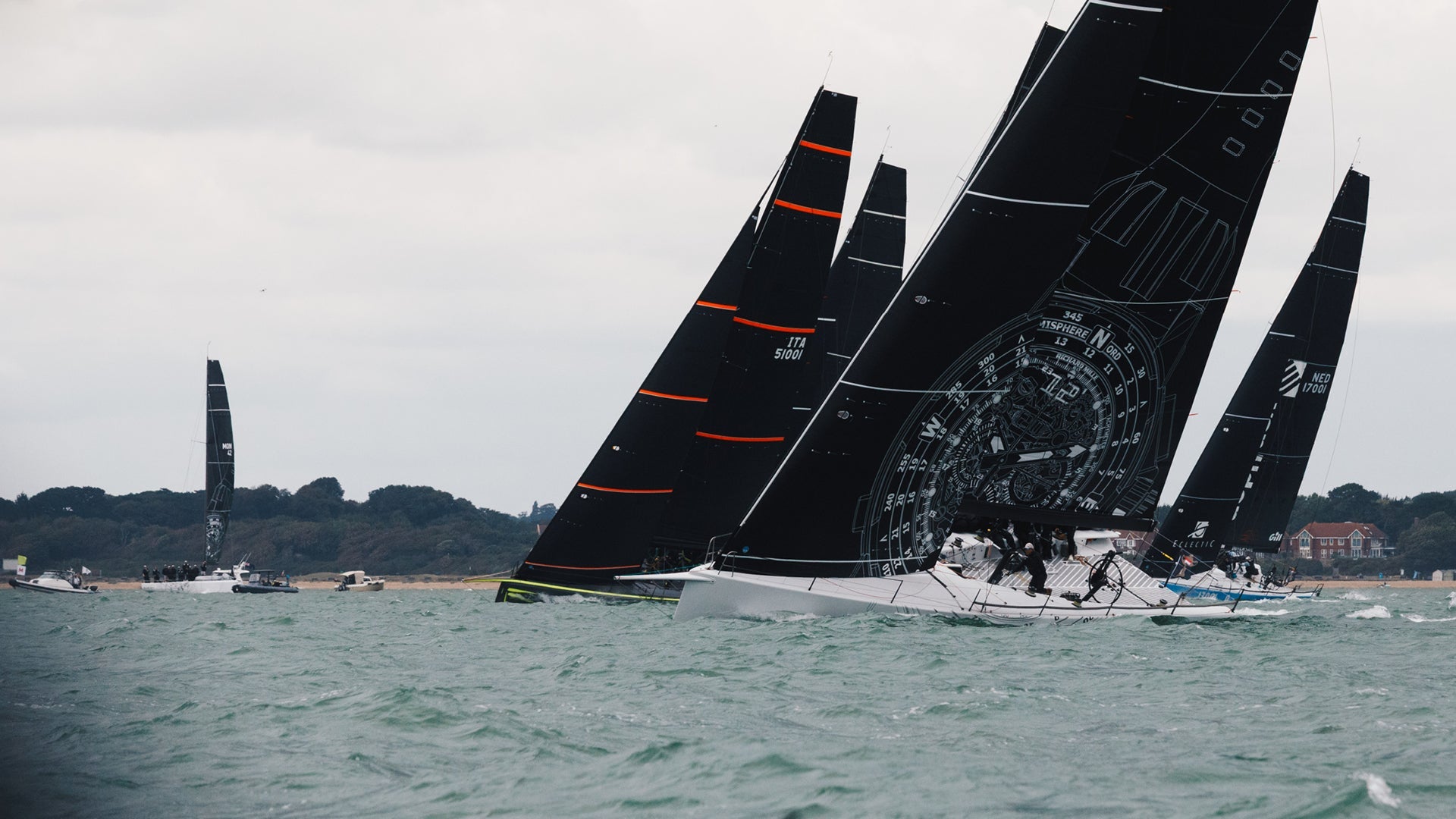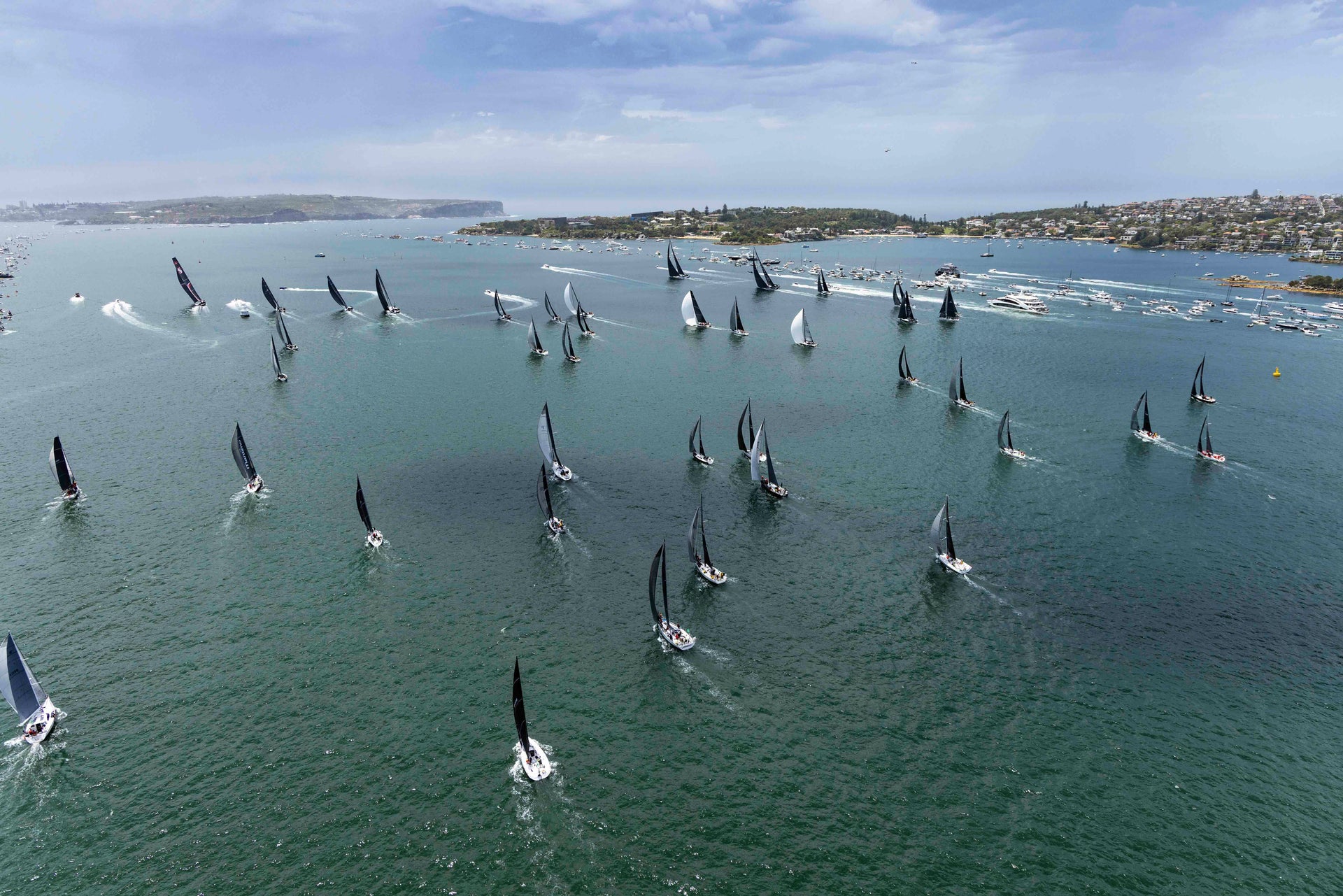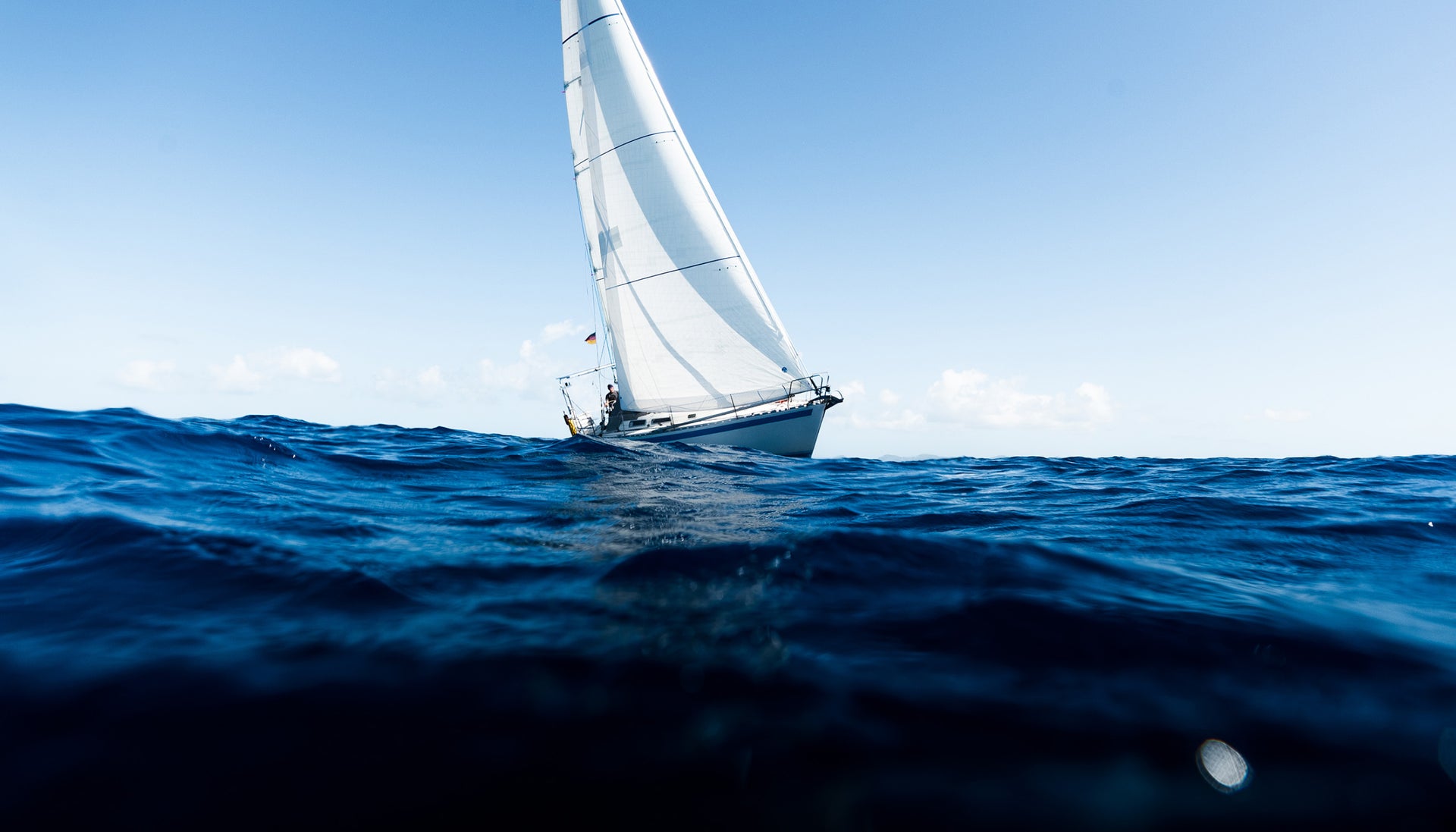ANDY ROY WINS J/105 MASTERS
ANDY ROY WINS J/105 MASTERS
Local Sailors Come Out On Top
 Right after crossing the finish line 1st to win the regatta
Right after crossing the finish line 1st to win the regattaThe Worldwide Leader in Sailmaking
PLACEHOLDER TITLE

 Right after crossing the finish line 1st to win the regatta
Right after crossing the finish line 1st to win the regatta
24 December

22 December

12 December

